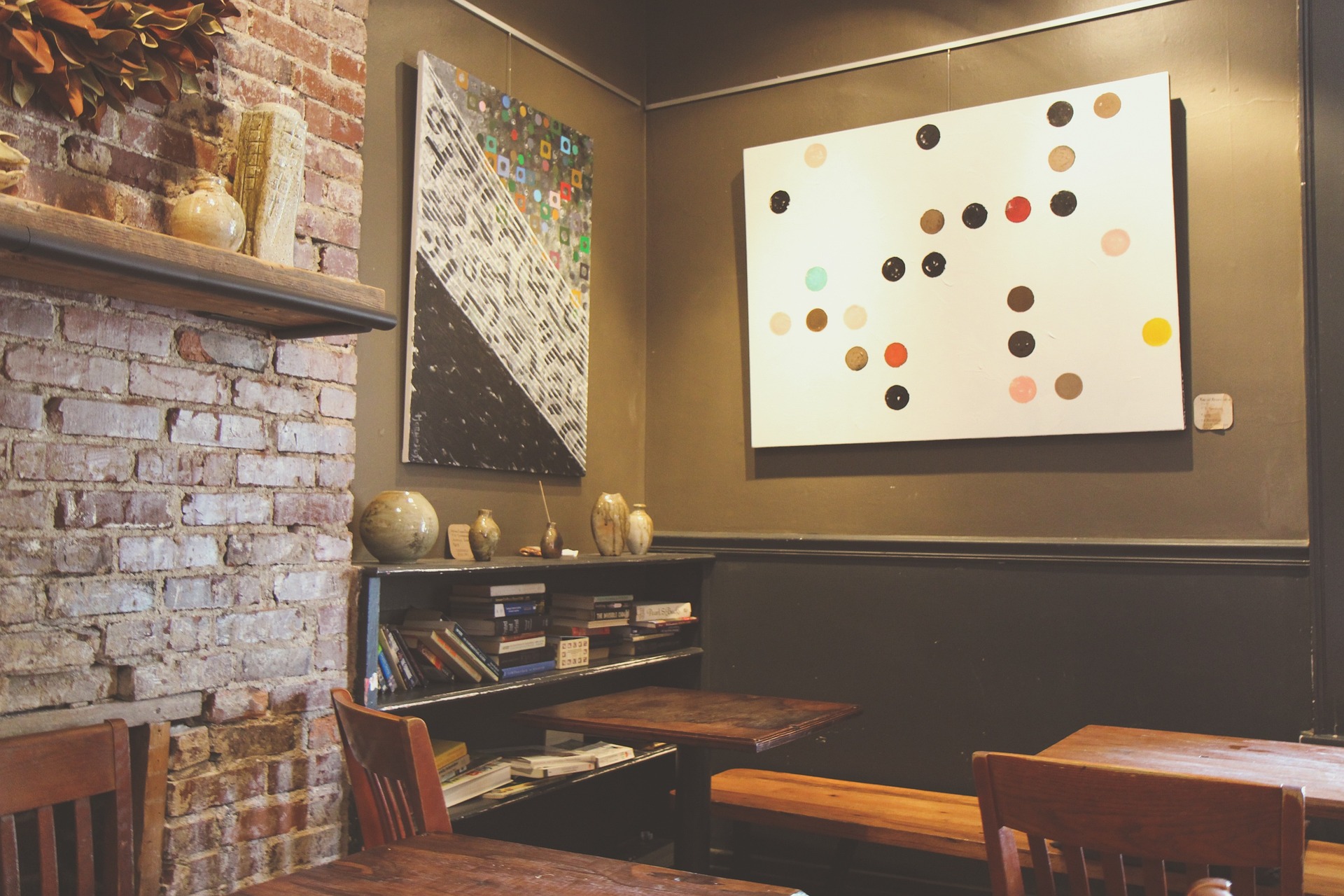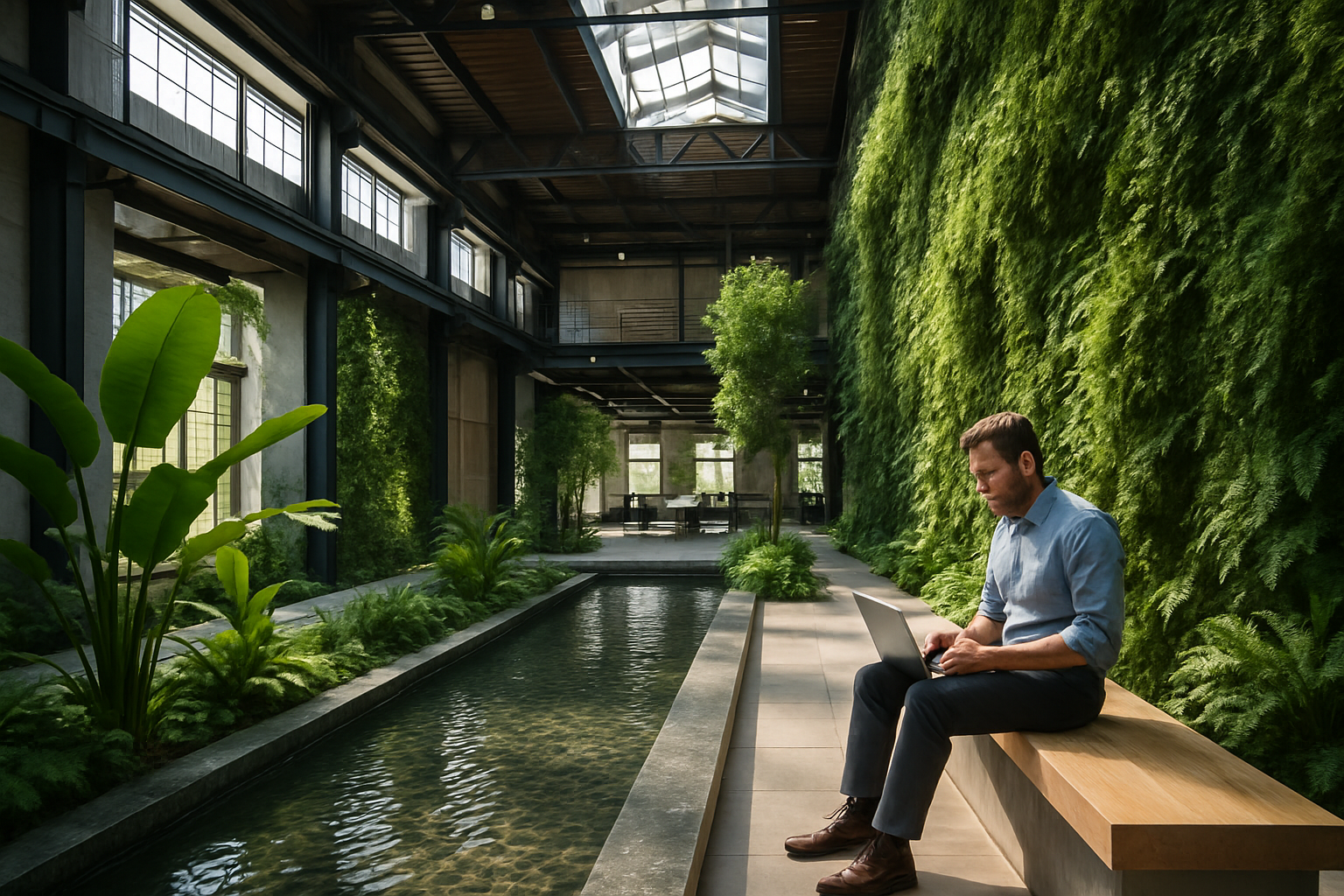Whimsical Wabi-Sabi: Embracing Imperfection in Home Design
In a world obsessed with perfection, a counter-movement is sweeping through interior design circles, challenging our notions of beauty and order. Welcome to the enchanting realm of Whimsical Wabi-Sabi, where imperfections are celebrated, asymmetry is revered, and the perfectly imperfect reigns supreme. This captivating design philosophy blends the ancient Japanese aesthetic of wabi-sabi with a touch of whimsy, creating spaces that are both grounding and playful.
The Roots of Wabi-Sabi
To truly appreciate Whimsical Wabi-Sabi, we must first understand its foundation. Wabi-sabi is a Japanese worldview centered on the acceptance of transience and imperfection. It finds beauty in the modest, the rustic, and the melancholy that comes with the passage of time. This aesthetic has its roots in Buddhist philosophy, particularly in the tea ceremony, where simple, handmade items are prized over ornate, mass-produced ones.
In traditional wabi-sabi, you might find earthy ceramics with visible cracks, asymmetrical flower arrangements, or weathered wooden beams. It’s an aesthetic that values simplicity, naturalness, and the inevitable march of time. However, in its purest form, wabi-sabi can sometimes feel austere or somber to Western sensibilities.
Adding a Dash of Whimsy
This is where the whimsical element comes into play, transforming wabi-sabi into something more accessible and joyful for contemporary homes. Whimsical Wabi-Sabi retains the core principles of finding beauty in imperfection and simplicity, but it injects a sense of playfulness and color that makes spaces feel alive and lived-in.
In a Whimsical Wabi-Sabi interior, you might find a beautifully worn leather armchair paired with a vibrantly patterned throw pillow. Or perhaps a collection of mismatched, chipped tea cups arranged on a rustic wooden shelf, each one telling its own story. The key is to balance the serene with the surprising, creating an environment that feels both grounded and uplifting.
Embracing Imperfection in Materials
One of the cornerstones of Whimsical Wabi-Sabi is the use of materials that show their age and imperfections. This doesn’t mean filling your home with broken items, but rather choosing pieces that have character and a story to tell. Consider these elements:
-
Weathered Wood: Reclaimed wooden furniture or exposed beams with visible knots and grain add warmth and history to a space.
-
Handmade Ceramics: Opt for pottery with slight irregularities in shape or glaze, celebrating the human touch in their creation.
-
Natural Fabrics: Linen, cotton, and wool in their raw, unpressed state bring texture and an organic feel to your interiors.
-
Patinated Metals: Copper, brass, or bronze items that have developed a natural patina over time add depth and interest.
-
Imperfect Paint Finishes: Consider lime wash or milk paint for walls, which create subtle variations in color and texture.
The Art of Curated Clutter
While traditional wabi-sabi leans towards minimalism, Whimsical Wabi-Sabi allows for a more layered approach. The key is to create vignettes of carefully curated items that tell a story or evoke a feeling. This might include:
-
Mismatched Collections: Group together items with a common theme but varying styles, like a collection of different candlesticks or picture frames.
-
Open Shelving: Display everyday items like dishes or books in an artful way, embracing their lived-in appearance.
-
Eclectic Art Arrangements: Mix different styles and mediums of art, including imperfect or unfinished pieces.
-
Vintage and Modern Mix: Pair antique finds with contemporary pieces to create a sense of timelessness.
-
Plant Life: Incorporate plants of varying sizes and types, including those with less-than-perfect leaves or quirky growth patterns.
Color in Whimsical Wabi-Sabi
While traditional wabi-sabi often sticks to a neutral, earthy palette, Whimsical Wabi-Sabi isn’t afraid of color. The key is to use color thoughtfully, in a way that feels organic and not overly polished. Consider these approaches:
-
Faded Hues: Choose colors that look slightly sun-bleached or worn, like muted pinks, soft blues, or sage greens.
-
Earthy Base: Keep larger elements like walls and major furniture pieces in natural, neutral tones.
-
Pops of Vibrancy: Introduce brighter colors through smaller items like cushions, artworks, or ceramics.
-
Color Variation: Embrace slight variations in color, such as hand-dyed textiles or hand-painted elements.
-
Nature-Inspired Palette: Draw inspiration from the imperfect colors found in nature, like the varied greens of a forest or the muted tones of a beach landscape.
Incorporating Whimsical Elements
The whimsical aspect of this design philosophy is what sets it apart and makes it so appealing for modern homes. It’s about adding unexpected touches that bring joy and personality to a space. Some ideas include:
-
Playful Patterns: Mix and match patterns in a way that feels spontaneous yet harmonious.
-
Quirky Accessories: Incorporate items with a sense of humor or nostalgia, like vintage toys or unconventional art pieces.
-
Unexpected Color Combinations: Pair colors that wouldn’t traditionally go together but somehow work in the context of imperfection.
-
Handmade Touches: Add DIY elements or support local artisans to bring unique, imperfect pieces into your home.
-
Repurposed Items: Use objects in unexpected ways, like a ladder as a bookshelf or a vintage suitcase as a side table.
The Philosophy Beyond Aesthetics
Whimsical Wabi-Sabi is more than just a design trend; it’s a philosophy that can extend to how we live our lives. By embracing imperfection in our homes, we learn to appreciate the beauty of imperfection in ourselves and others. This approach encourages:
-
Mindfulness: By surrounding ourselves with items that have history and character, we’re reminded to be present and appreciate the moment.
-
Sustainability: The focus on natural materials and appreciation for aged items promotes a more sustainable approach to home decor.
-
Creativity: The freedom to mix and match encourages creative expression and personal style.
-
Acceptance: Learning to love the imperfect in our surroundings can help us be more accepting of imperfections in life.
-
Joy: The whimsical elements remind us not to take life too seriously and to find joy in the little things.
In conclusion, Whimsical Wabi-Sabi offers a refreshing alternative to the polished perfection often seen in interior design magazines. It’s an approach that celebrates the beauty of wear and tear, the charm of the handmade, and the joy of the unexpected. By embracing this philosophy, we create homes that are not just visually interesting, but also emotionally resonant – spaces that tell our stories, reflect our journeys, and remind us to find beauty in the perfectly imperfect moments of life.






